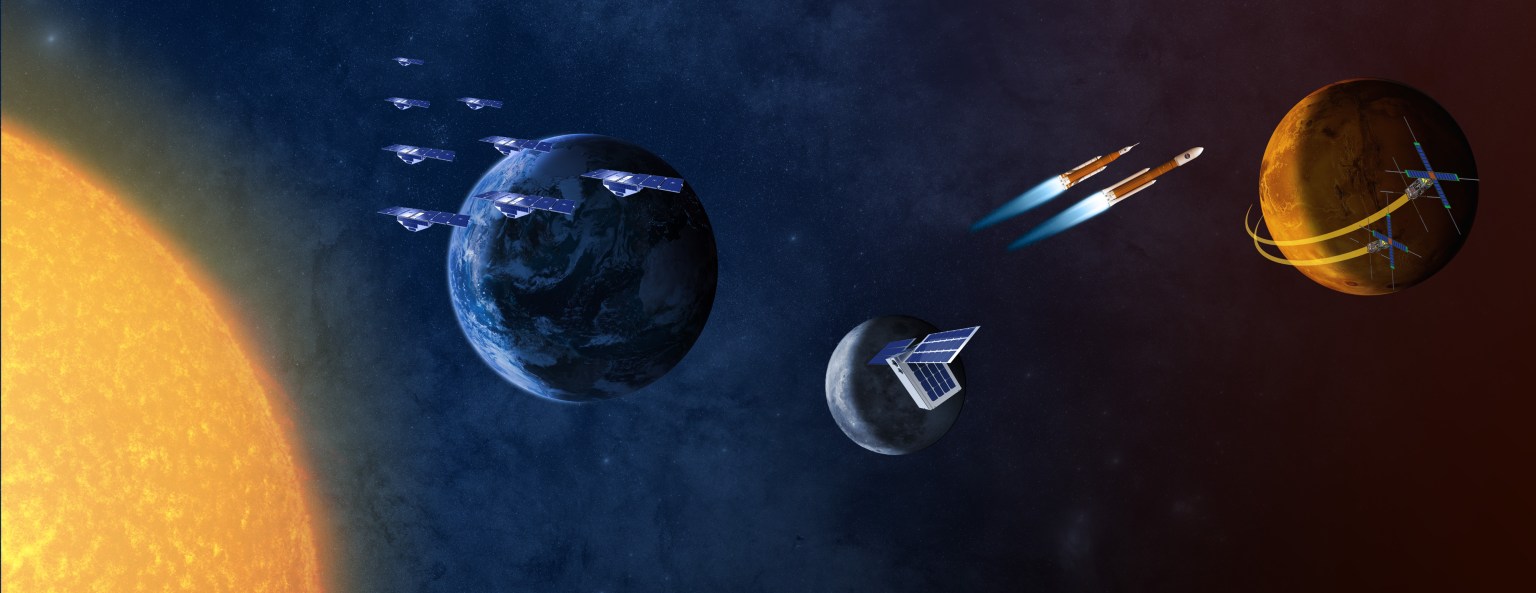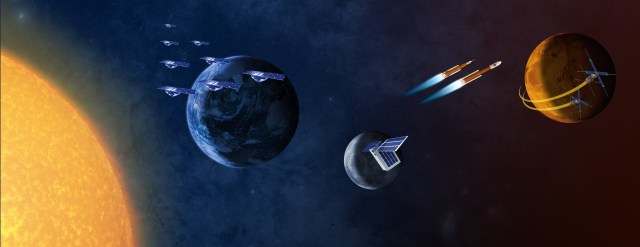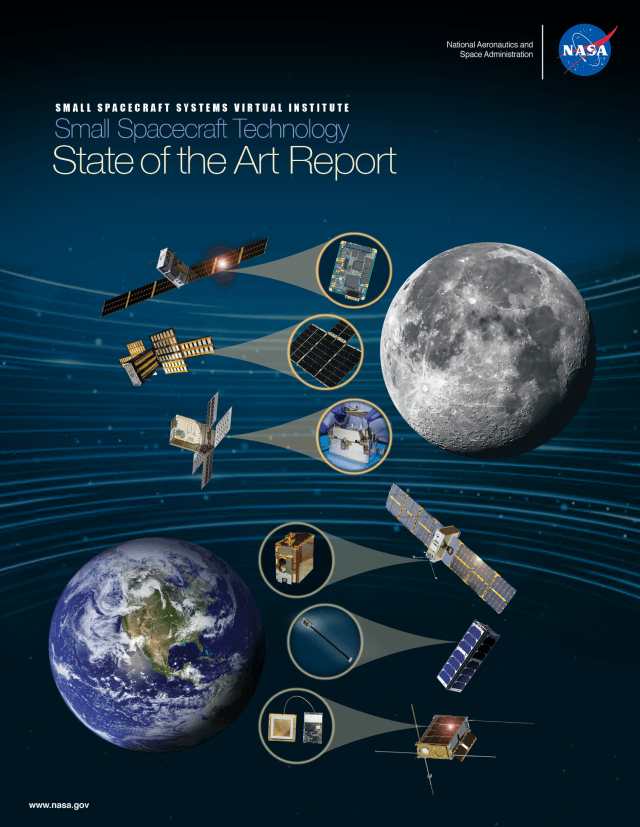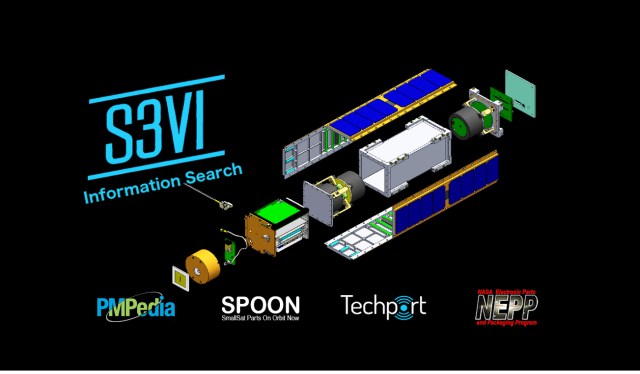Small Spacecraft Community of Practice
Subscribe to receive announcements for the Small Spacecraft Systems Virtual Institute’s (S3VI) monthly webinar series and quarterly newsletter here. We look forward to your participation!

Radiometer Assessment using Vertically Aligned Nanotubes (RAVAN) Mission Overview
Speaker: Dr. William H. Swartz, Johns Hopkins University Applied Physics Laboratory
Wednesday, March 16, 2022
10:00AM-11:00AM Pacific Daylight Time
Click here to watch the webinar.
Click here to download the presentation.
Please contact Julianna.L.Fishman@nasa.gov if you experience issues with the audiovisual connection to this webinar.
Abstract: The Radiometer Assessment using Vertically Aligned Nanotubes (RAVAN) was a 3U CubeSat pathfinder for an Earth energy budget constellation. RAVAN was the first CubeSat funded by NASA’s Earth Science Technology Office In-Space Validation of Earth Science Technologies (InVEST) program to fly, launching in November 2016. During the next 20 months, RAVAN successfully demonstrated the use of vertically aligned carbon nanotubes—arguably the blackest material known and having an extremely flat spectral response over a wide wavelength range—as radiometer absorbers and gallium phase-change black bodies as a stable reference to monitor the degradation of RAVAN’s radiometer sensors on orbit. Four radiometers, two gallium cells, and associated electronics were fit within a 1U payload accommodated on Blue Canyon Technologies’ first complete bus in space. The path to space was anything but linear, and several challenges had to be overcome before and after launch, but the radiometers ultimately showed excellent long-term stability over the course of the mission. Short-term variability—at greater than the tenths-of-a-watt/m2 needed for climate accuracy—is a challenge that remains, consistent with insufficient thermal knowledge and control on a 3U CubeSat. Technologies demonstrated by RAVAN have flown on subsequent missions, and RAVAN is an important benchmark for the development of science-grade Earth energy budget instruments on small satellite platforms.
Bio: Bill is a principal staff scientist at the Johns Hopkins University Applied Physics Laboratory. His background includes technology development, space mission development, remote sensing, and radiative transfer and photochemical modeling. Bill has participated in more than a dozen ground-based, aircraft, and satellite missions and led NASA’s RAVAN CubeSat mission. He is currently the principal investigator of the Compact Hyperspectral Air Pollution Sensor–Demonstrator, funded by NASA’s Earth Science Technology Office.
S3VI encourages the community to submit questions before the webinar to enable more directed responses. Please send questions to craig.d.burkhard@nasa.gov.





























